Three generations of cooks in my family
Gathered recipes from my maternal ancestors and a look at how food technology changed their relationship to cooking
I’m on holiday this week, so decided I’d take a look back at my maternal ancestors, how they approached cooking and some of the recipes they loved. Enjoy!
Renola Myrtle Semerau Wegner (1937-2013)
My mom, Renola, was very much a product of her generation when it came to cooking, baking and recipes in general: The easier the better. And this recipe was one of her favorites, after all, it included the convenience food Trinity — boxed, frozen and canned!
Mom made this for us as a family, but it was also the recipe she pulled out for big gatherings and potlucks, and it was always a big hit.
And it still is — Mom’s chicken California blend hotdish is one of the few recipes I continue to make to this day.
Elvira Adeline Stelljes Semerau (1908-1996)
If you’ve been here at Culinary History is Family History for awhile, you’ll likely remember my mom’s mom, Elvira from my stories about German Chocolate cake, potato salad and others.
Grandma was my favorite person in the world growing up, and I’ve written more about her over the years than anyone else. (Spoiler alert: there are more Elvira stories ahead!)
She was also a fantastic cook who loved to entertain, so when she passed away, I inherited a number of well-used cookbooks, nearly all of which had recipes like this one tucked in between the pages.
In the same way Mom was a product of her generation, Grandma was, too. She baked from scratch with fresh ingredients, and took great pride in every dish she prepared. Cooking was a big part of her identity, and she and her friends often traded recipes — some that had been passed down across generations, but also many which had been found in newspapers and popular women’s magazines of the day.
I suppose in today’s parlance, Grandma would be called a “traditional wife”, and in many ways she was. Her domain was the home, and Grandma ruled it like the queen she was, yet she spent much of her time out in the world — volunteering with various community and church organizations, reaching out to those in need, guiding the next generation, and, of course, building friendships which lasted generations.
I’ve yet to come across a better role model.
Margaret Gaeris Stelljes (1871-1961)
Margaret was Grandma’s mom, and, although she passed away a year before I was born, I’ve heard so many stories about her I feel like I knew her.
Maggie, as she was called, was born in rural Wayne County, PA, but moved to New Ulm, MN as a small girl and lived there the rest of her life. In 1891, she married a recent German immigrant, Henry Stelljes, and they went on to have eight children — two girls and six boys.
Henry was a cigar maker and a musician, and Maggie opened a small cafe in the house to help make ends meet. Before long, the cafe was expanded to a popular boarding house — which was a good thing when Henry died suddenly of a heart attack in 1931, leaving Maggie a widow.
My grandma, and others, used to tell stories about how Maggie would create impressive meals for guests, but feed the most basic foods to family. It was, I assume, a matter of economy. Paying guests expected a certain level of quality and flavor and providing that cost money. Family, on the other hand, was just happy to get enough to eat.
According to family, this meatball recipe is one of the few Maggie prepared for both guests and family, and the addition of caraway seeds is a flavorful nod to the heritage and flavor palate of both groups.
Minnie Meinke Semerau (1879-1953)
Minnie was Elvira’s mother-in-law, mother to my grandpa, Howard, and my great grandma. She and Rudolph were married in Hutchinson, MN 1905, and, although Rudy’s career as a butter maker and creamery man meant the family did occasionally move, they remained a rural Minnesota farm family at heart.
Family stories recall Minnie cooking with the seasons. She tended a huge garden and canned, pickled and preserved much of what she grew there — even during the Great Depression and wartime rationing, her pantry was always full. She and Rudy also raised enough cattle, pigs and chickens to keep the family in meat. Mom would often tell stories of being chased by her grandma’s Banty roosters — experiences which led to her lifelong fear of birds.
Whereas Maggie balanced herself between fancy menus for guests and simple menus for her family, Minnie had but one way of cooking and that was full-on farm-wife hearty. She relied on the basics — meat, potatoes, vegetables and breads.
In 1948, Minnie contributed this donut recipe to the local church cookbook. At some point, her daughter, Myrtle, added the following notation to her mother’s recipe: Grandma said don’t use mine, use Mrs. Schlopp’s.
Although Minnie wasn’t wrong, her own recipe is equally delicious!
Your turn and your culinary traditions
What’s one recipe that instantly reminds you of a specific woman in your family? What made it “hers,” and how did she make it feel special?
Can you trace a recipe that’s been passed down through three (or more) generations? How has it changed—or stayed the same—over time?
Think of a woman in your family who cooked with love, pride, or even frustration. What emotions did you sense in her cooking, and how did they show up at the table?
Is there a recipe in your family that comes with a story—how it came to be, where it was first made, or the moment it became “a tradition”?
Describe how a woman in your family cooked. What did her process look or sound like? What did you learn just by watching her?
Have any recipes from the past been forgotten, simplified, or replaced? What does that say about how your family—and its women—have changed?
How do the foods your mother, grandmother, or great-grandmother made reflect the time they lived in—economically, socially, or culturally?
What role did the women in your family play beyond cooking? How did preparing meals serve as an extension of their care, authority, creativity, or identity?
How does it feel to make one of their recipes today? What memories come back, and what new memories are you creating in the process?
If you could choose one family recipe to carry forward to the next generation, which would it be—and what would you want them to know about the woman behind it?
Do you have a favorite potato salad recipe or story?
Hey, all! I’m still collecting family potato salad recipes and stories thru May 1, so if you haven’t gotten around to sharing yours, there’s still time!
You can send me a link to something you’ve previously written or send me a newly-written story and recipe via DM
I’ll compile them all, and share it as a free shareable PDF May 16 - just in time for Memorial Day, the official start of the picnic season here in the US.
Thanks to all of you who’ve already shared your potato salad recipes and stories - they’re fabulous!
If you missed it, here’s the story that started this little project:
In case you missed it
If stories at the intersection of food and family history are what you’re looking for, look no further than our archives! Here are a few of our favorites.
Culinary History is Family History is reader-supported. When you buy through links on our site, we may earn an affiliate commission.

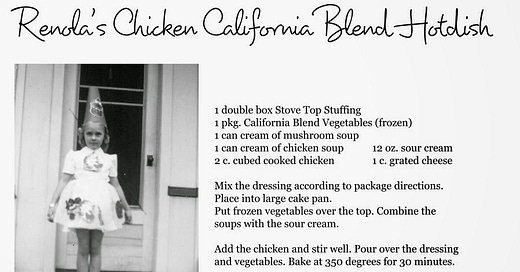




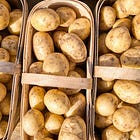

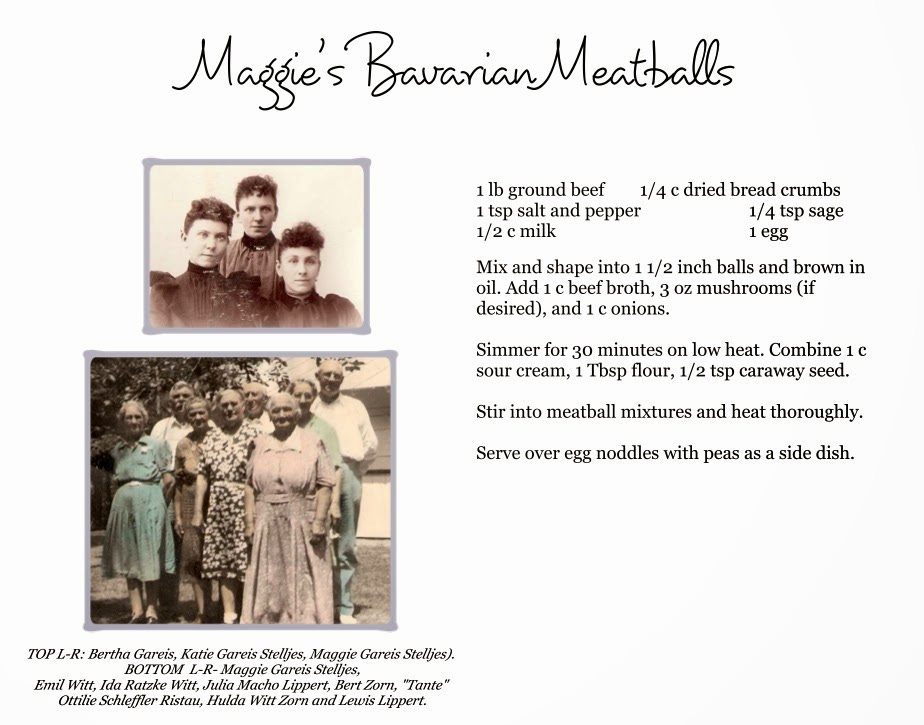
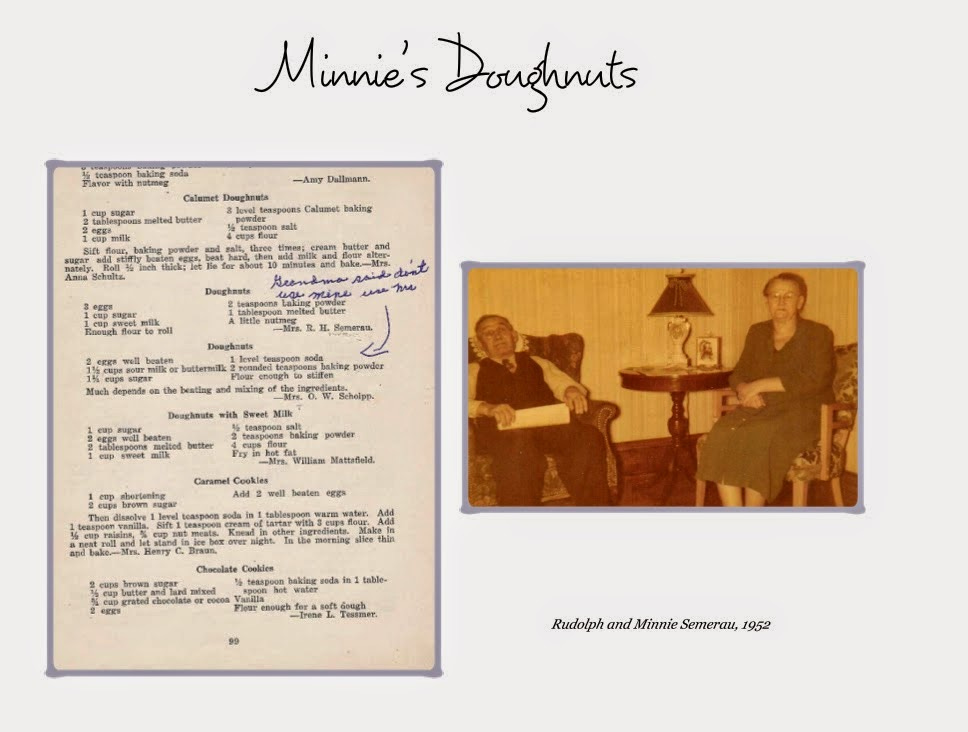
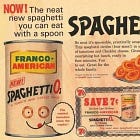

Gosh, I love these recipes and stories!
Such lovely stories, and I imagine yummy recipes!